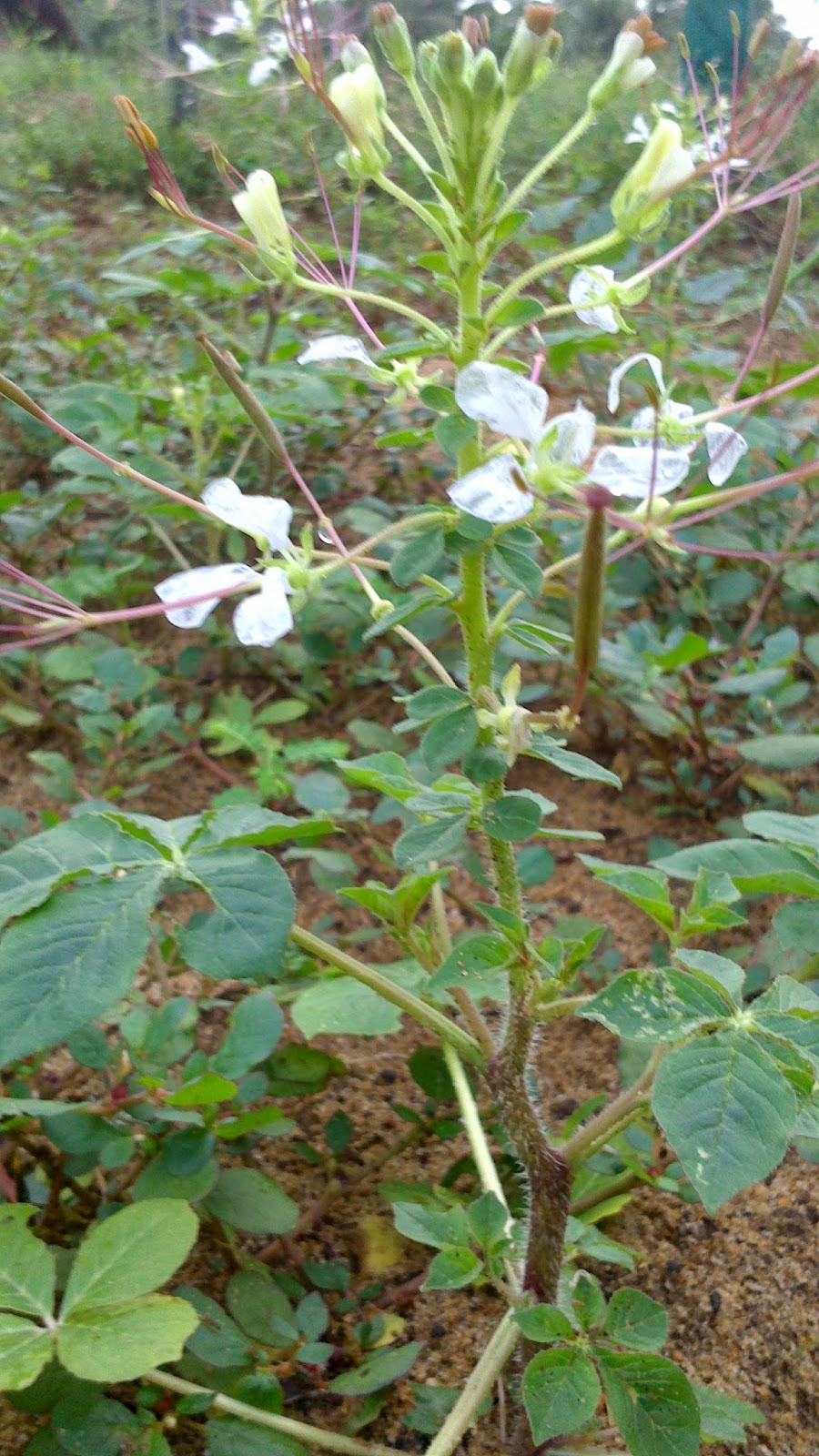Tincture are concentrated herbal extract dissolved with alcohol where effective substances are alkaloid, tanin,glycosides, flavonoid polyphenolic compound,essential oils and such other natural product
5ml of tincture or single dose has the same effect like a cup of herbal tea and it's just concentrated is caused to make easy absorbent in to body by alchol or other solvent
High-proof alcohol such as vodka or brandy works well and as an alternative to alcohol; if necessary, high quality apple cider vinegar is used.
what is needed?
- fresh or dried herbs are selected according to your choice
- A pint jar (16oz) with a tight-fitting lid
- Small, dark glass bottles to store tincture
- Fine cheesecloth or muslin
- A bowl
- A small funnel
It’s very easy to make your own tinctures; you literally just need to soak plant matter in a solvent(alchol or vinegar) for a six weeks so all of its active compound can be absorbed into the liquid.vodka is usually the best choice and it has to be at least 80-proof (namely, 40% alcohol) to prevent any mildewing of the plamnt material in the bottle. 100-proof (50% alcohol) is better.This high-proof alcohol acts as a preservative, and if you store your tinctures in a cool, dark place, they can have a shelf life of 7-10 years.
If you're using fresh herbs which should be chopped up as bit or bruise them with a motar and pestle. fresh herb should be put in to jar about 3/4 full but don't pack in it too tightly; then plant part is needed to cover with alchole and fill the jar well but be loose enough to more around and part of the plant is not needed to expose air. then closed the lid on tight

